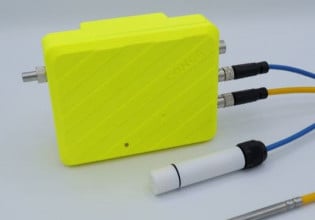A
So I was looking at a couple of the formulas for three phase motors, and here is what I came across. What do you guys think my logic:
1. RPM = (120 x Freq.) / Poles
2. Torque = (5252 x Power) / rpm
so replacing rpm from 1, we have,
Torque = ((5252 x Power) x Poles) / ( 120 x Freq.)
and in this last one, the Power and the Frequency, are changing, but we know them because:
1. For all practical purposes, the mechanical frequency of the motor = input current frequency
2. If we take into account efficiency (~88%), then we can compute power as V x I x eff.
3. We have updated values of motor inputs like Voltage, Current, Efficiency & Frequency from our PWM and H-Bridge circuit.
1. RPM = (120 x Freq.) / Poles
2. Torque = (5252 x Power) / rpm
so replacing rpm from 1, we have,
Torque = ((5252 x Power) x Poles) / ( 120 x Freq.)
and in this last one, the Power and the Frequency, are changing, but we know them because:
1. For all practical purposes, the mechanical frequency of the motor = input current frequency
2. If we take into account efficiency (~88%), then we can compute power as V x I x eff.
3. We have updated values of motor inputs like Voltage, Current, Efficiency & Frequency from our PWM and H-Bridge circuit.






